As parents, we want the best for our babies, especially when it comes to their comfort and development. One often-asked question is, “When can babies wear shoes?” It’s not just about keeping little feet stylish; it’s about ensuring their growth and safety. In this article, we will delve deep into this topic, explore real-world footwear experiences, provide tips, and share case studies relevant to the U.S. shoe market.
Understanding Baby Foot Development
Before tethering your child into their first pair of shoes, it’s essential to understand the journey of baby foot development. Babies are born with soft, flexible feet that need room to grow. Their foot structure changes as they develop motor skills, and understanding this process is crucial for making informed decisions about footwear.
The Stages of Baby Foot Development
1. **Neonatal (0-6 months)**: At this stage, babies do not need shoes. They should have bare feet to develop balance and strength.
2. **Crawling (6-12 months)**: Babies begin to crawl and explore. While again, supportive footwear is not necessary, soft booties can help keep feet warm.
3. **Standing (12-18 months)**: Once babies start pulling themselves up and standing, they may benefit from the first shoes that provide minimal support.
4. **Walking (18+ months)**: This is typically when babies need shoes. Look for flexible, breathable options that allow for natural movement.
When to Introduce Shoes: A Timeline
The consensus among pediatricians and footwear experts is that babies should go barefoot as much as possible until they start walking. Here’s a timeline to guide you on when to introduce shoes:
0-6 Months: Barefoot is Best
Allow your baby to feel different textures and surfaces with their bare feet. This helps develop balance and coordination.
6-12 Months: Soft Booties Optional
If the weather is cold, consider soft booties. However, they should not have rigid soles as they can hinder walking development.
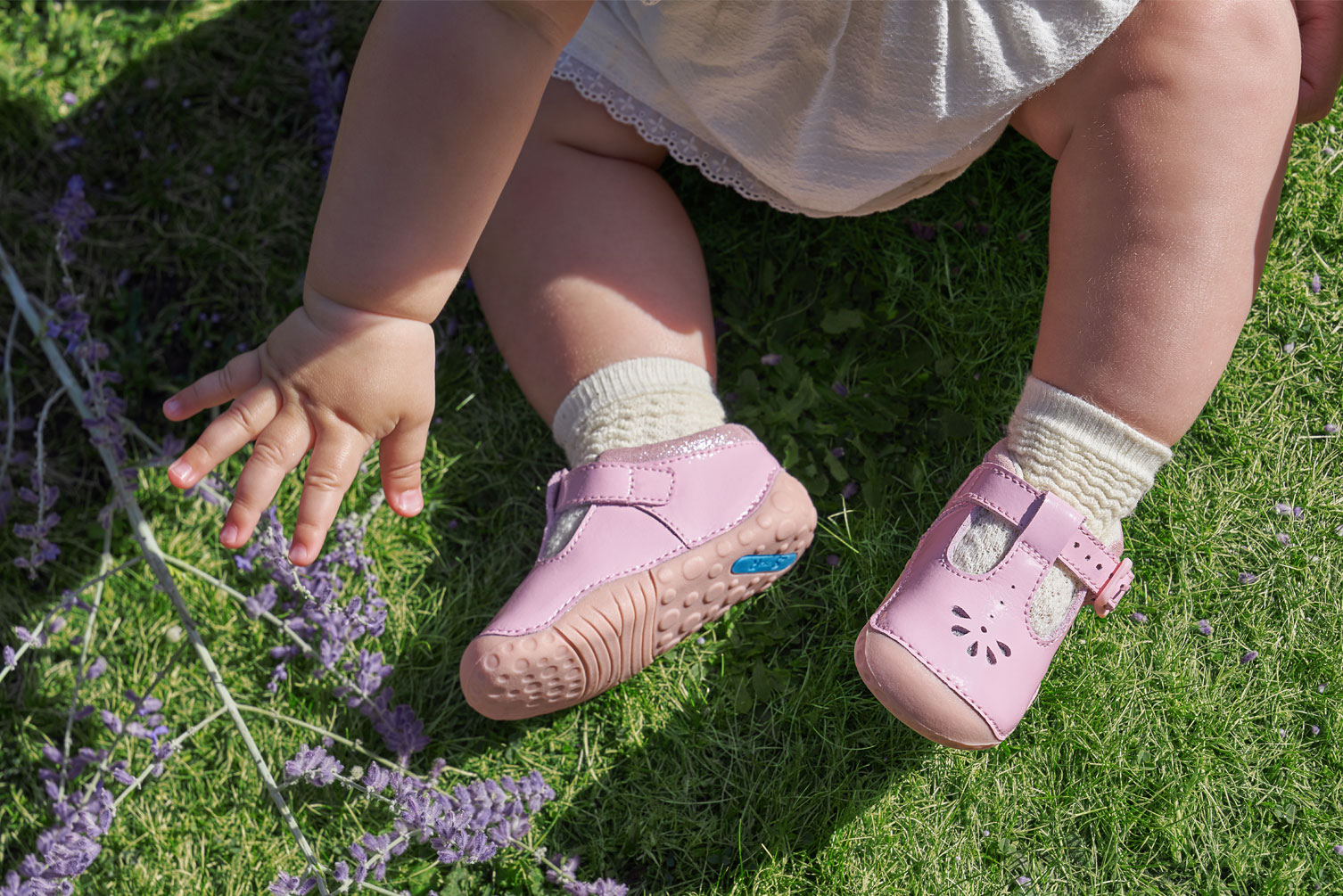
12-18 Months: First Shoes
As children begin to walk, invest in their first pair of shoes. Look for lightweight, flexible shoes made from breathable materials.
18+ Months: More Structured Footwear
Once walking is more confident, you may introduce more structured footwear, but still prioritize flexibility and fit.
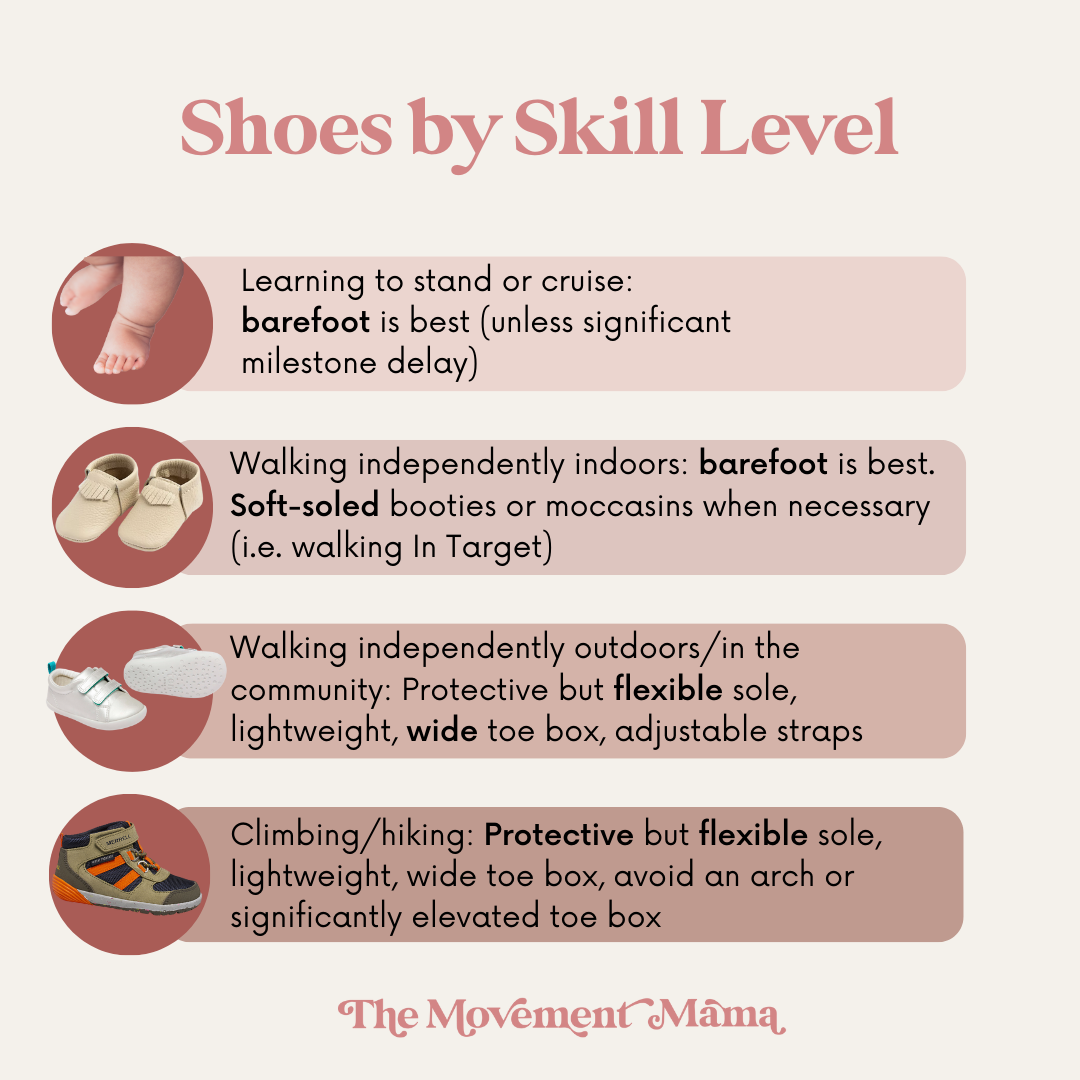
Tips for Choosing Baby Shoes
Choosing the right shoes for your baby can feel overwhelming. Here are some tips to make this decision easier:
1. Focus on Fit
Ensure the shoes fit well. There should be about a thumb’s width between the longest toe and the end of the shoe.
2. Material Matters
Choose breathable, lightweight materials. Leather and canvas are great options that allow for flexibility.
3. Check for Flexibility
Shoes should bend easily at the ball of the foot. Avoid stiff soles, as they can impede natural movement.

4. Avoid Backless Shoes
While they may seem convenient, backless shoes do not provide the support needed as babies learn to walk.
Comparison Table: Top Baby Shoe Brands in the USA
| Brand | Recommended Age | Material | Pros | Cons |
|---|---|---|---|---|
| Stride Rite | 12-24 months | Leather | Durable, supportive | Price |
| Sperry Top-Sider | 18+ months | Canvas | Stylish, comfortable | Limited options for wider feet |
| Robeez | 0-12 months | Soft leather | Soft, flexible | May wear out quickly |
| See Kai Run | 12-24 months | Breathable fabrics | Good support, stylish | Higher price point |
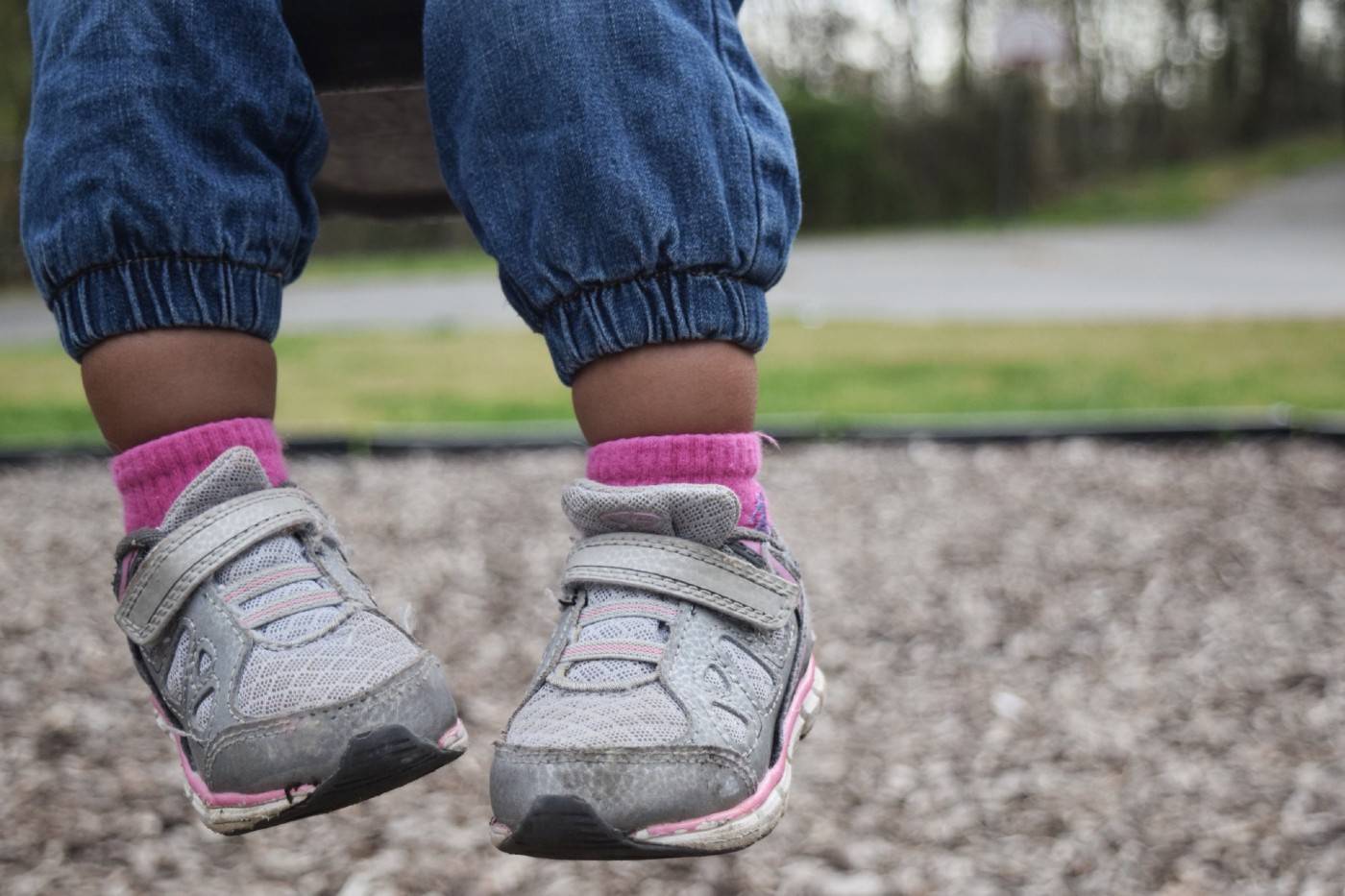
Real-World Footwear Experiences: Case Studies
To provide insight into the effectiveness of various shoe brands in the U.S. market, we’ve gathered testimonials and case studies from parents.
Case Study 1: Stride Rite Success
Jessica, a mother from California, shared her experience with Stride Rite shoes for her son, who began walking around 14 months. She noted how the shoes provided ample support and flexibility, allowing her son to walk confidently while keeping him comfortable.
Case Study 2: Robeez for Crawling
Mark and Lisa from New York chose Robeez for their crawling daughter. They appreciated how the soft leather allowed her to feel the ground while still providing a bit of warmth during the colder months.
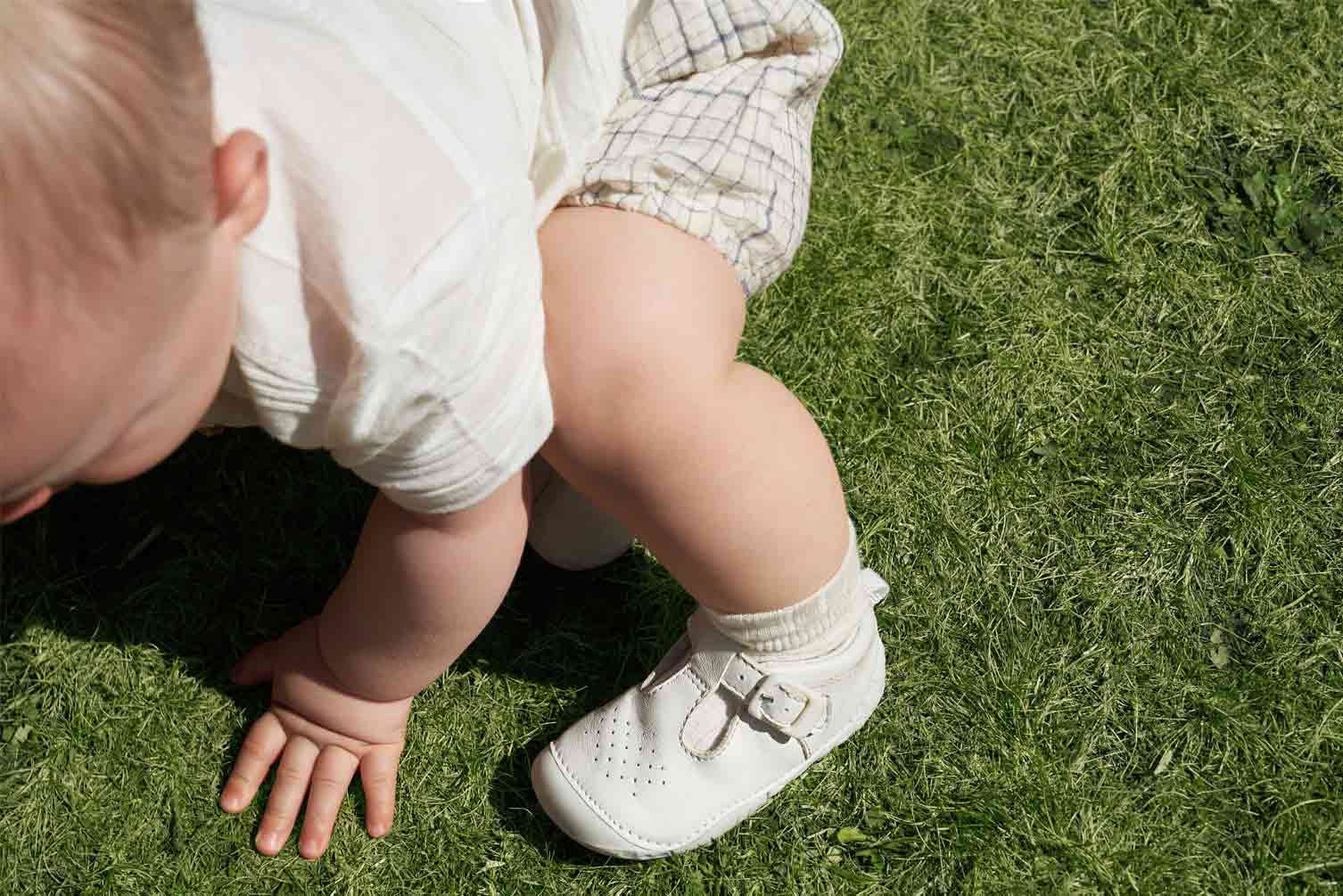
Pros and Cons of Baby Shoes
Understanding the advantages and disadvantages of baby footwear can help you make well-informed choices.
Pros
- Protection against injuries.
- Warmth in colder weather.
- Style and social conformity.
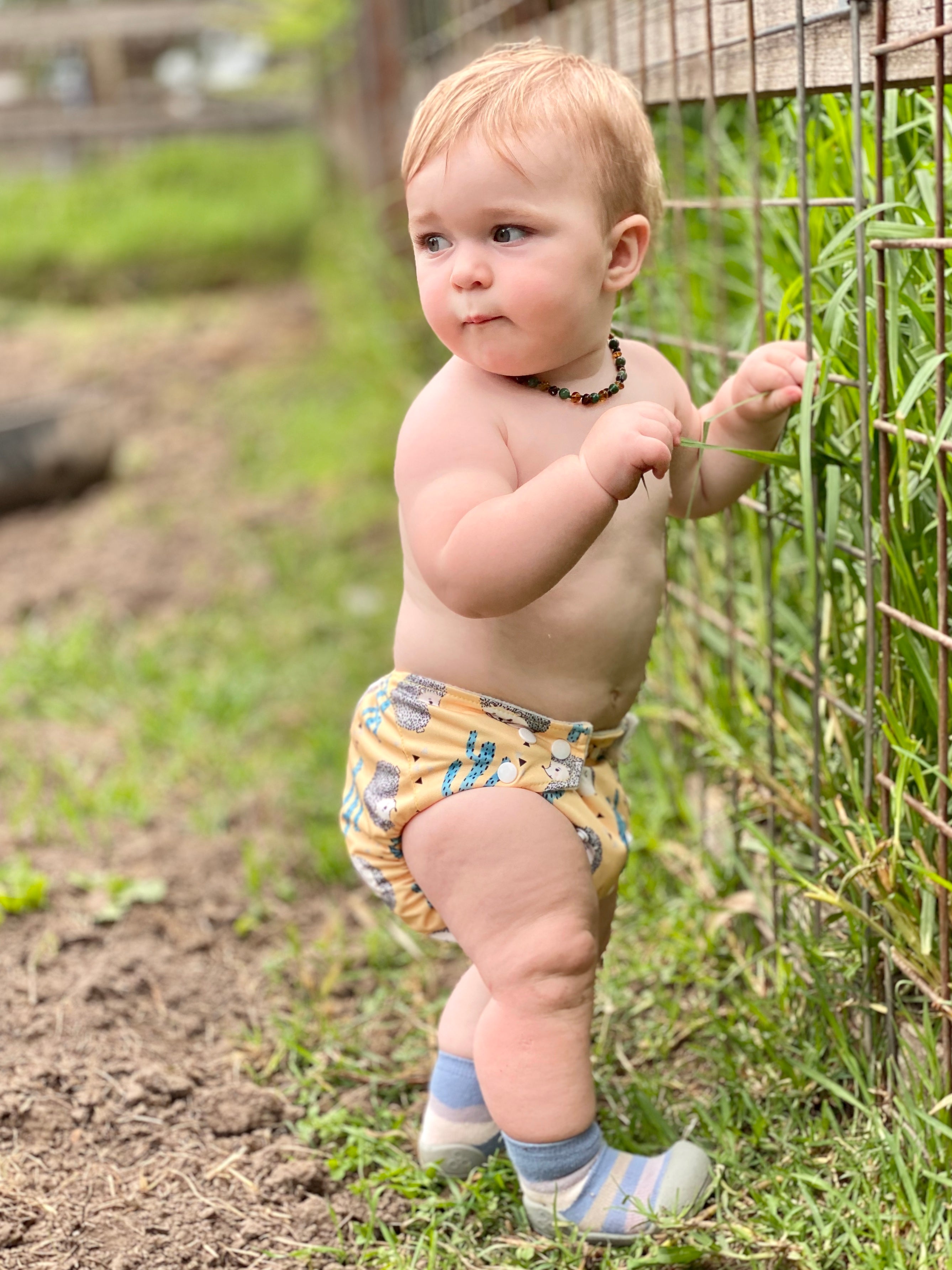
Cons
- Can hinder natural foot development.
- Potentially uncomfortable if not fitted correctly.
- Can be expensive for shoes that may not be worn long.
FAQs About Baby Shoes
1. What are the best first shoes for babies?
The best first shoes are flexible, lightweight options like Stride Rite or Robeez that allow for natural foot movement.

2. Should babies wear shoes indoors?
Generally, it’s best for babies to go barefoot indoors to encourage development but consider soft shoes if needed for warmth.
3. How do I know if shoes fit my baby?
There should be a thumb’s width of space in the front of the shoe, and you should be able to fit two fingers easily in the back.
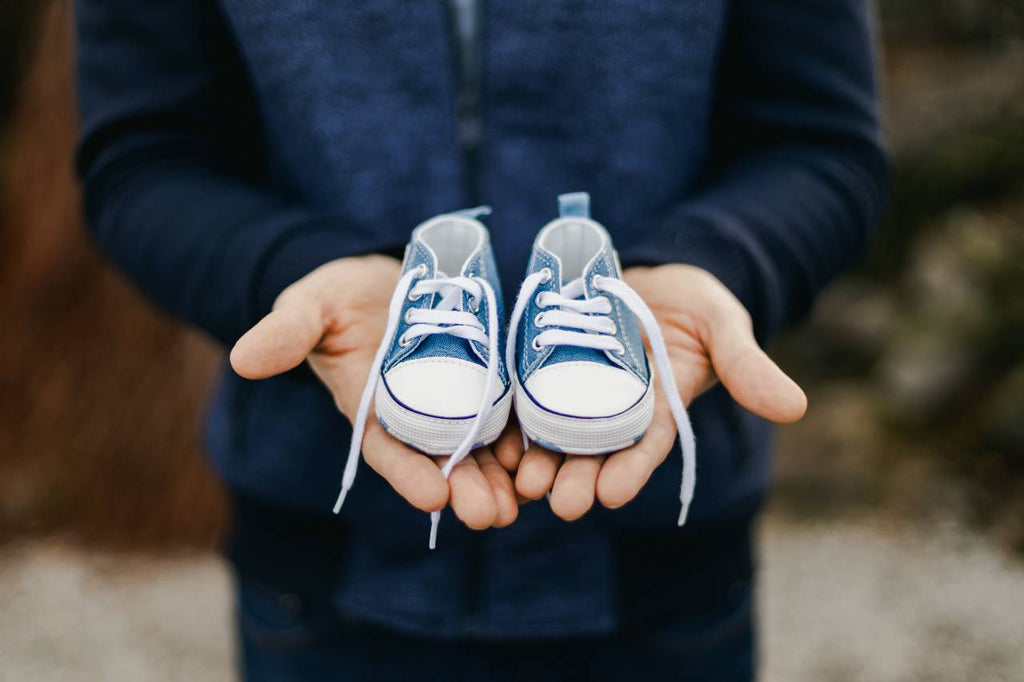
4. Are expensive baby shoes worth it?
Expensive shoes can offer better materials and construction, but comfort and fit are more important than the brand.
5. Why do babies need different shoes as they grow?
As babies grow, their feet change shape, size, and strength. Different shoes are designed to accommodate these changes.
6. Can I use hand-me-down shoes for my baby?
It’s generally not recommended to use hand-me-down shoes, as they may have lost their shape and support, potentially harming foot development.
7. When should I stop buying baby shoes?
Continue buying shoes until your child is around 6 years old, as their feet will keep growing and require different sizes and styles.
Conclusion: Choosing the Right Time and Shoes
Choosing the right time for your baby to wear shoes and which shoes to choose can make all the difference in their comfort and development. Always prioritize foot health over fashion, and make decisions that best support your child’s natural growth. By providing the right footwear at appropriate stages, you’re helping ensure that those first steps are confident and comfortable.